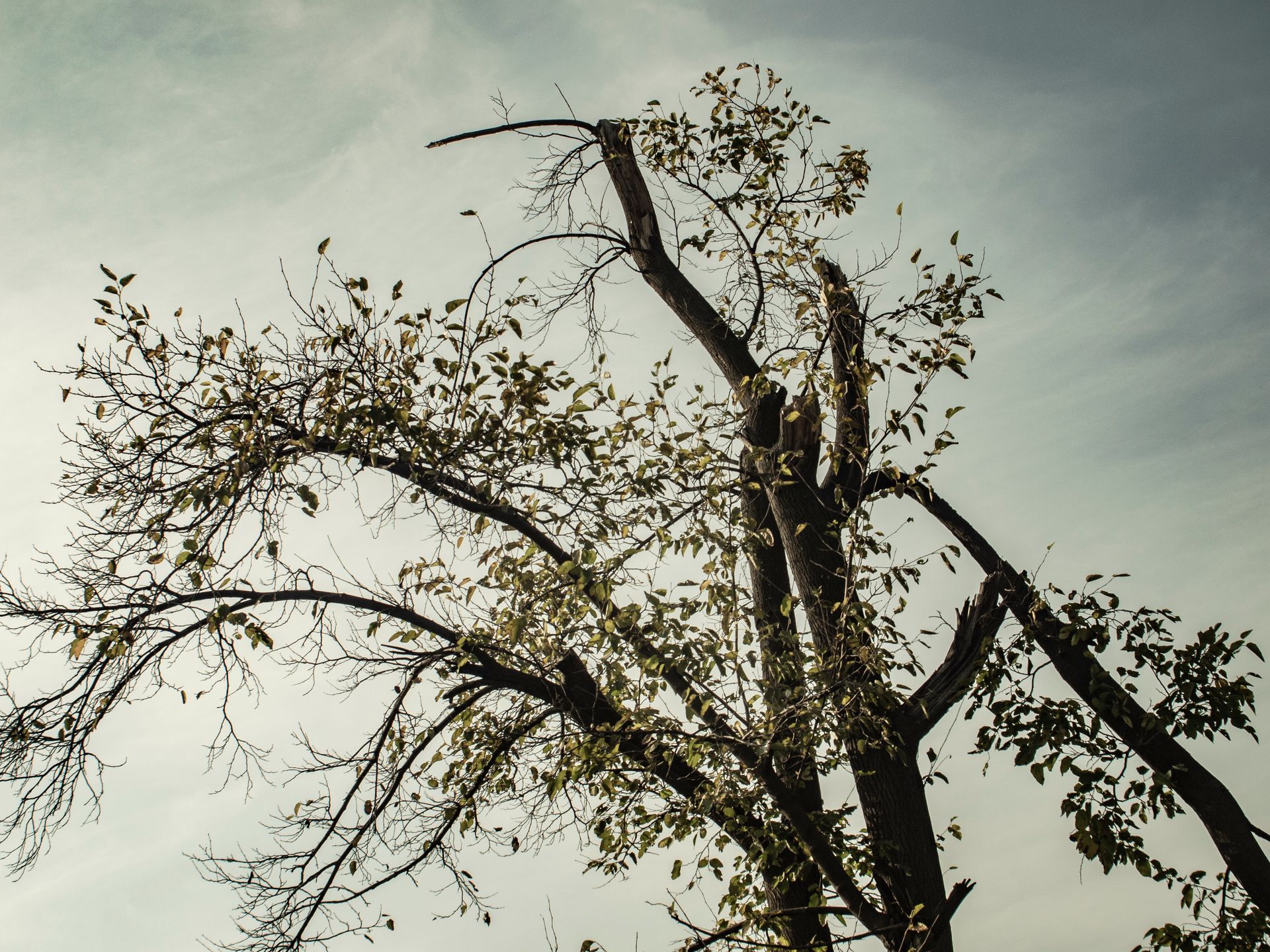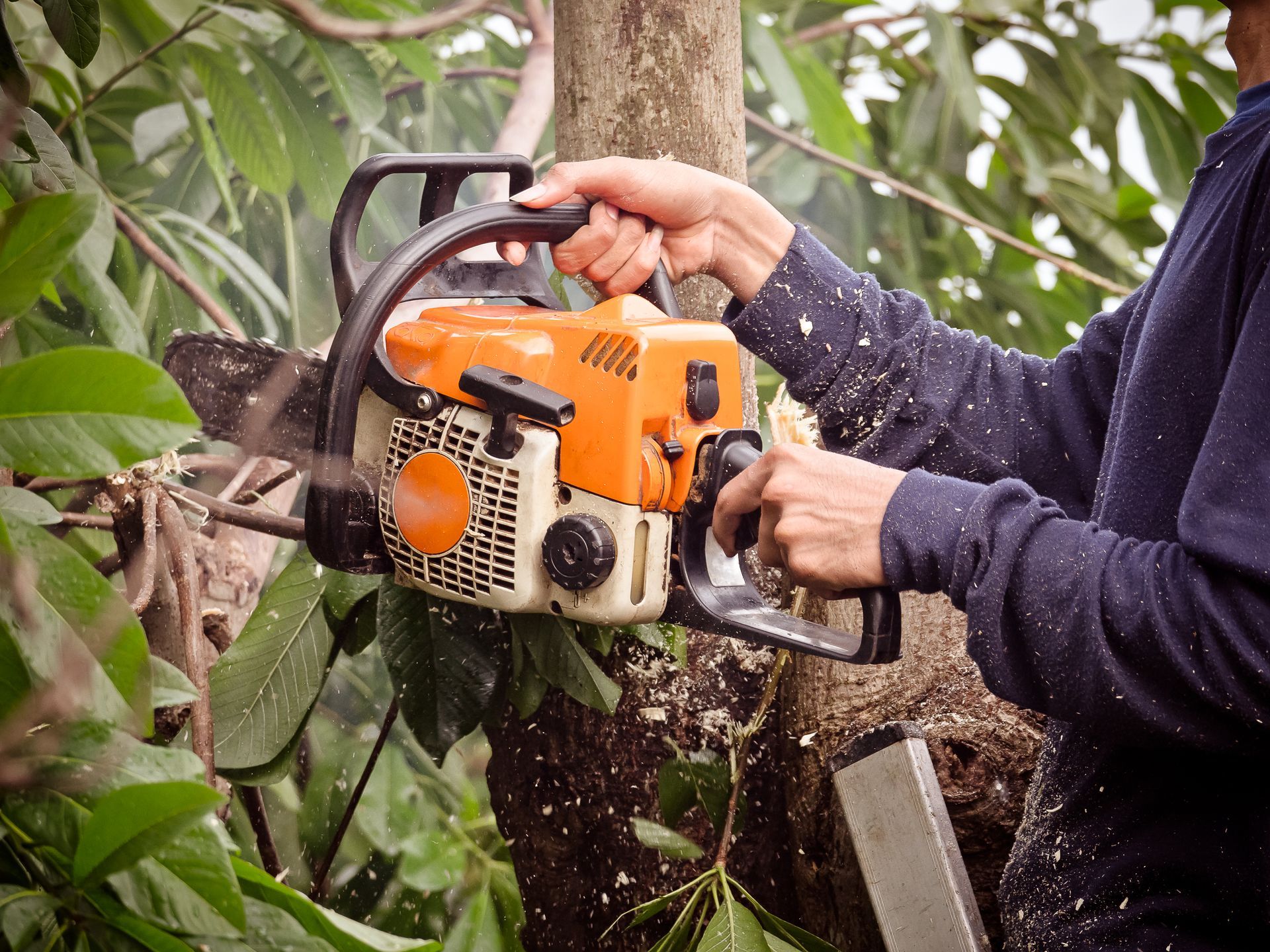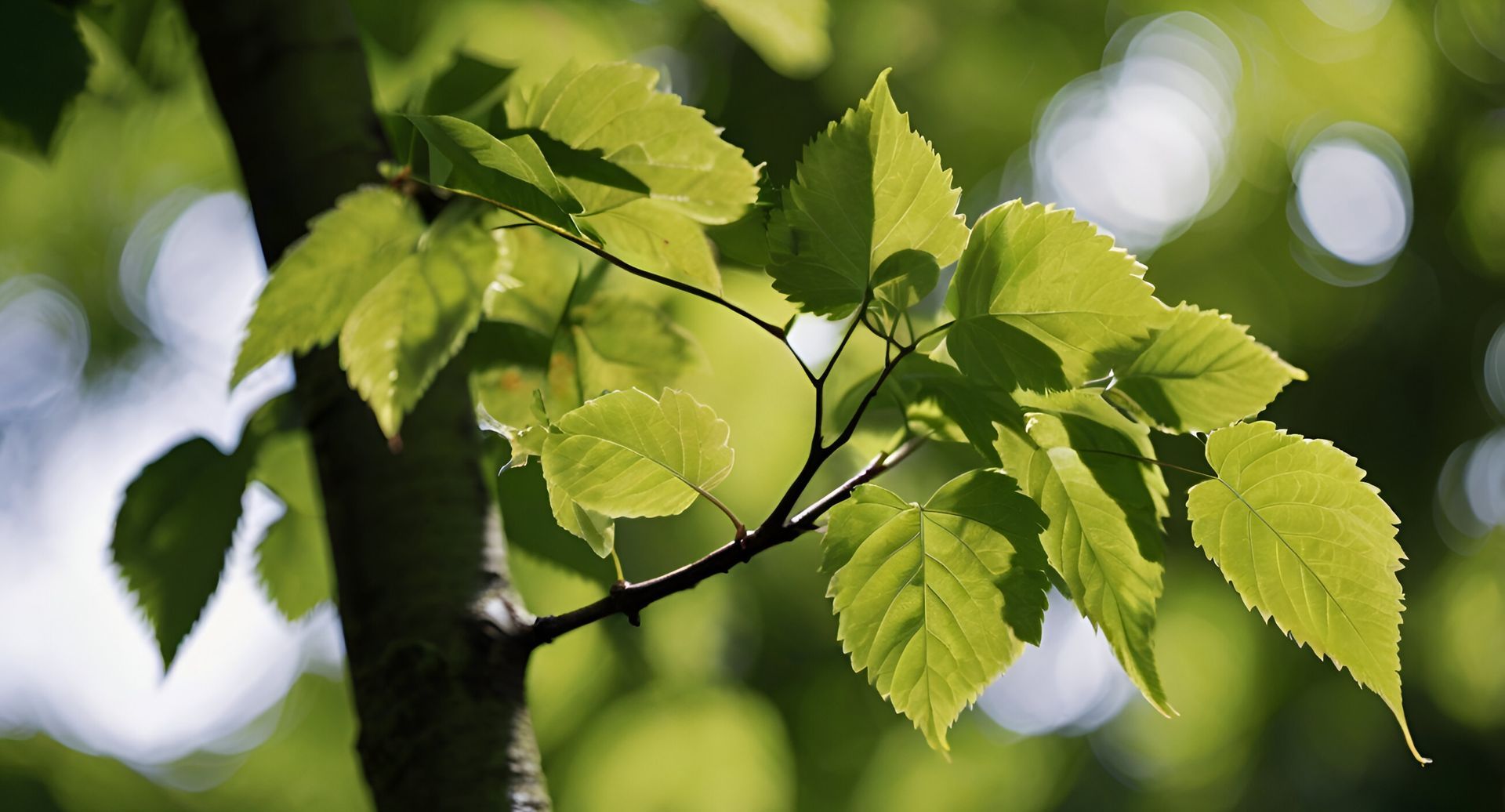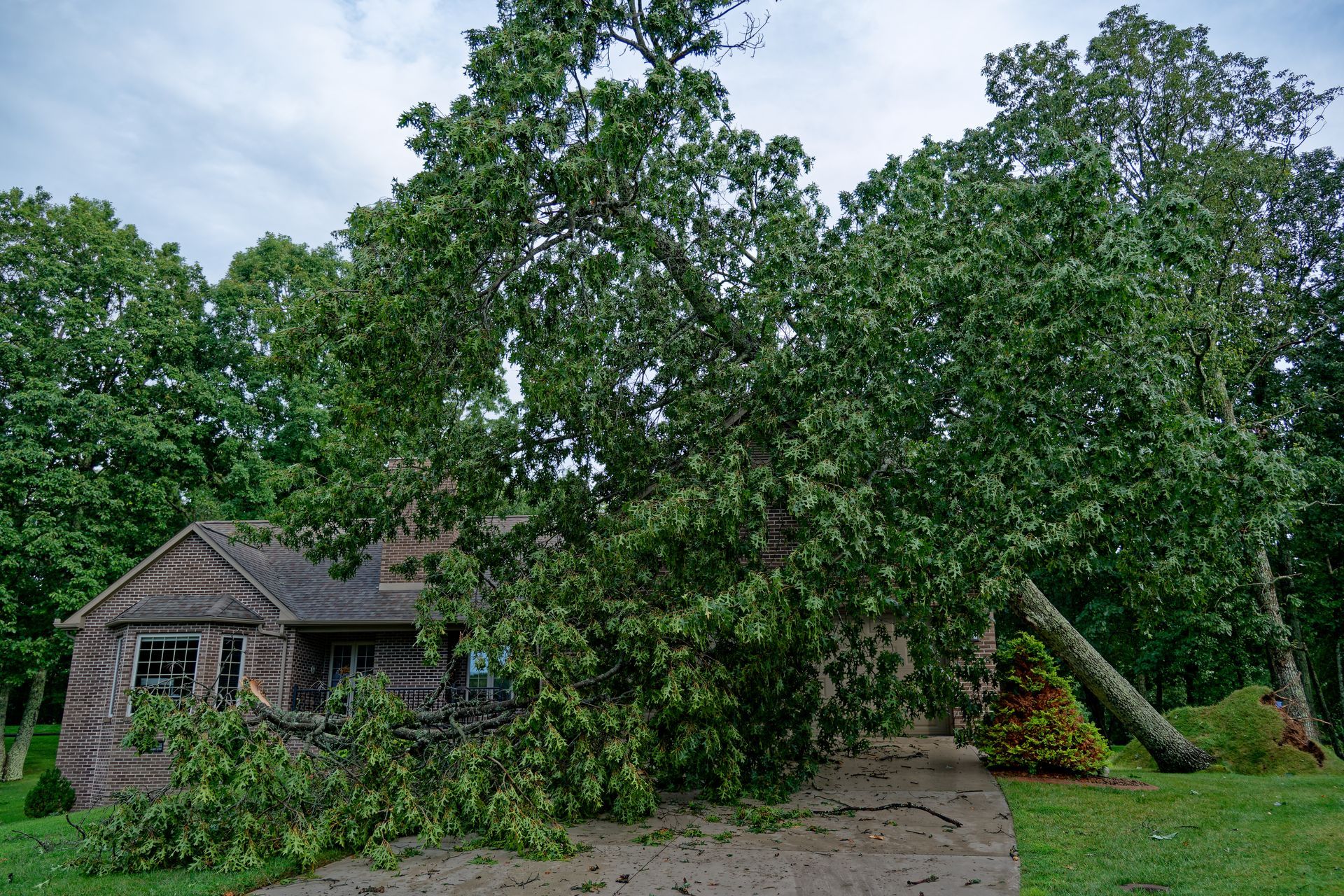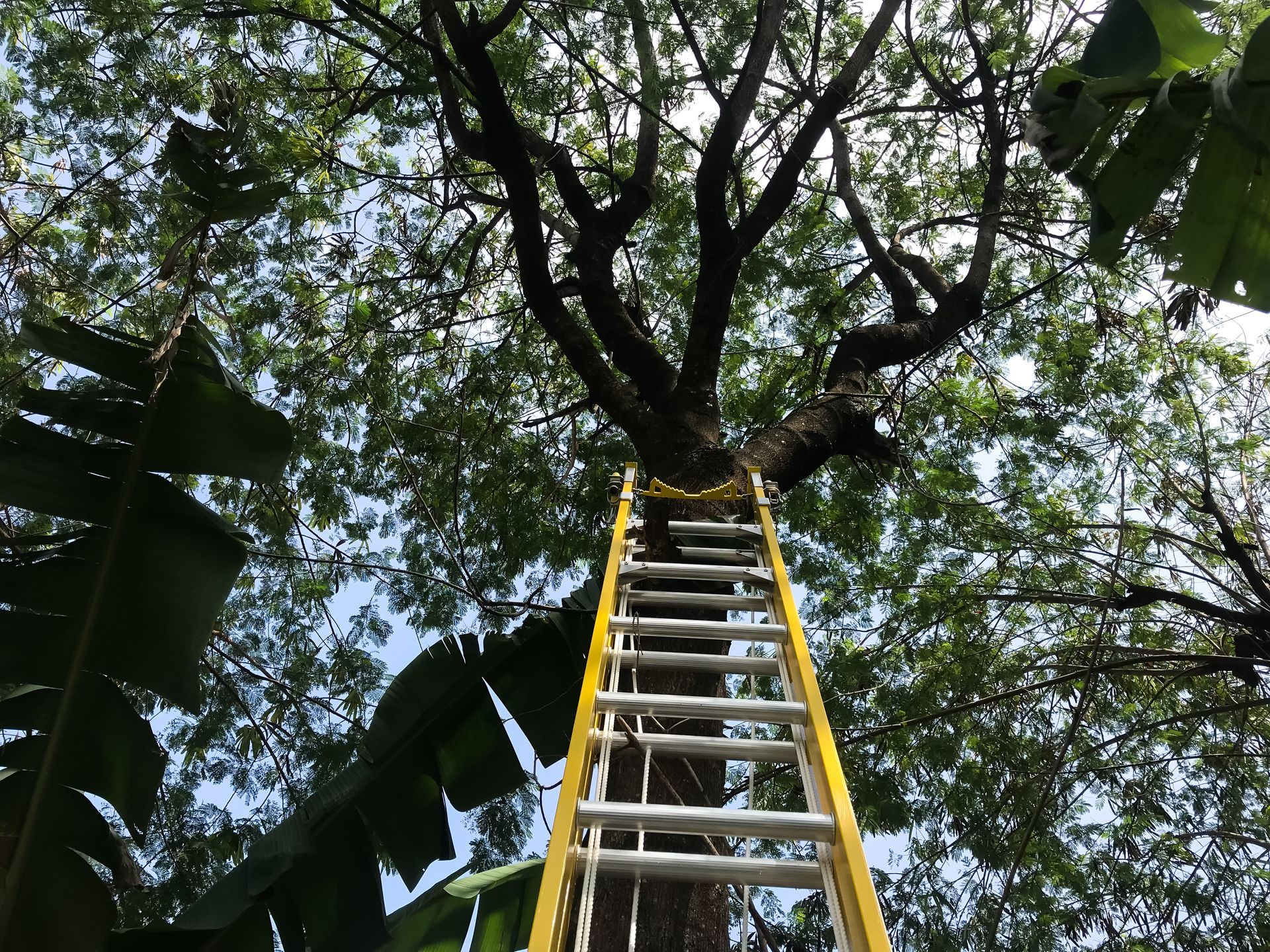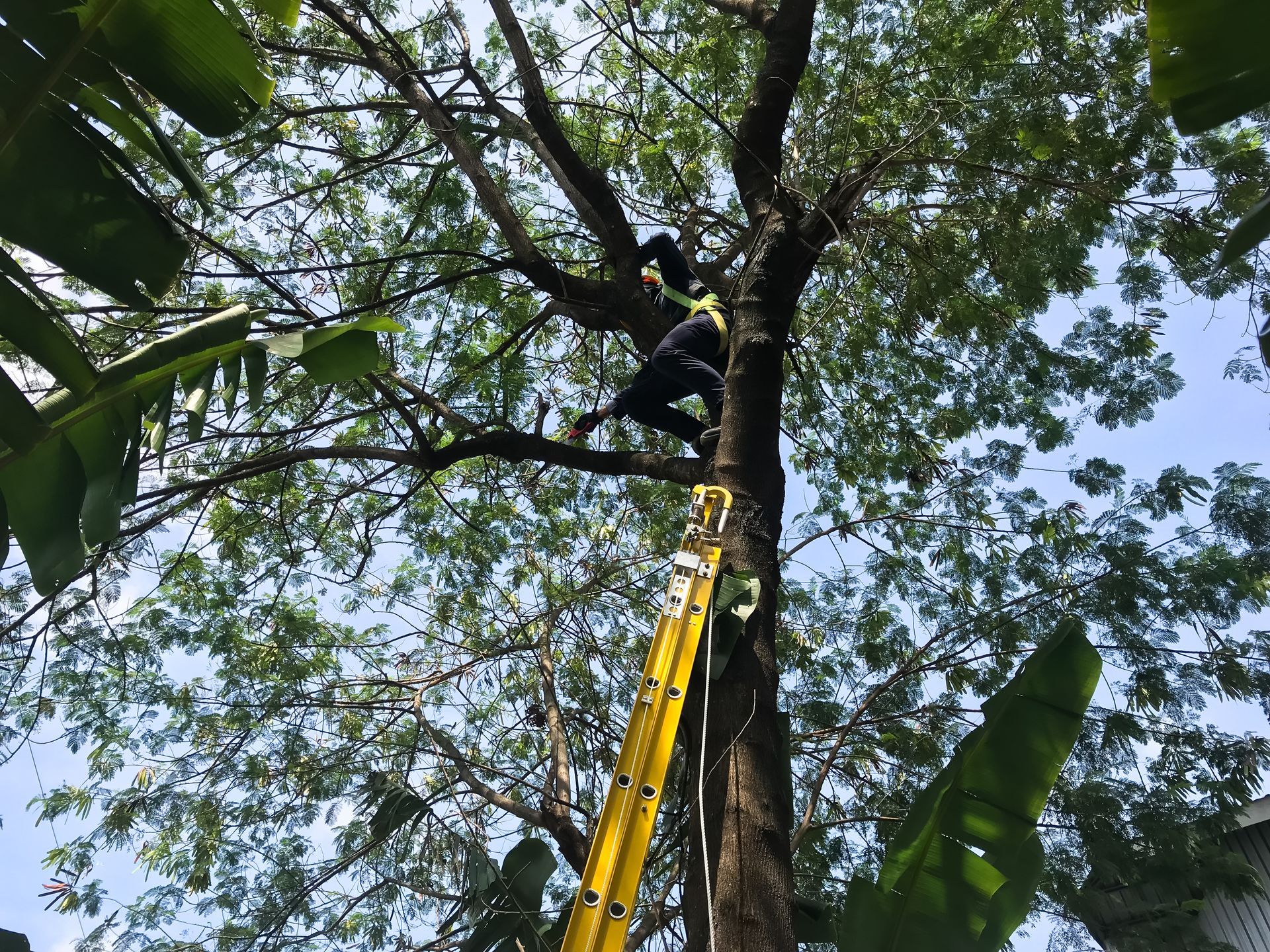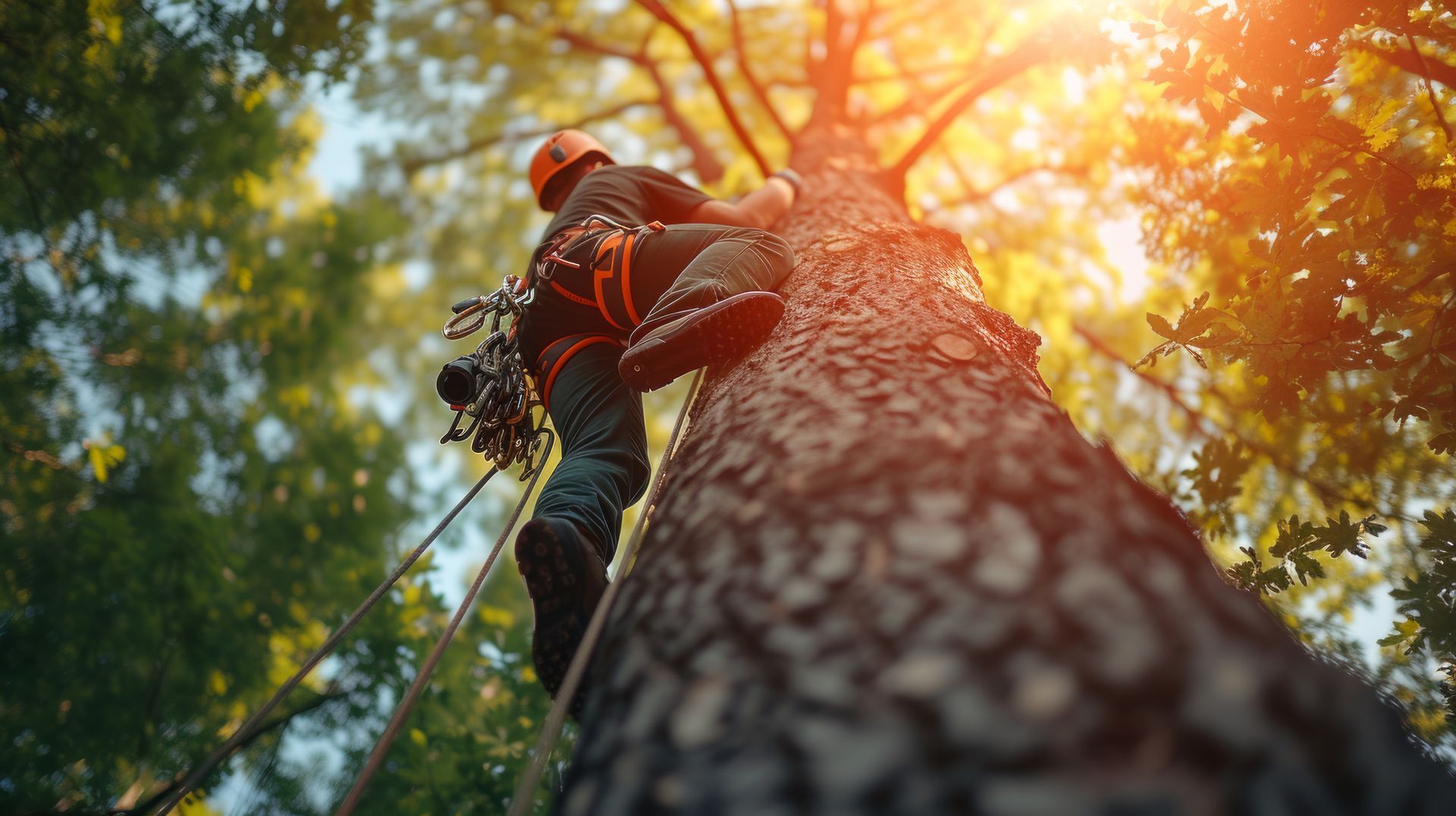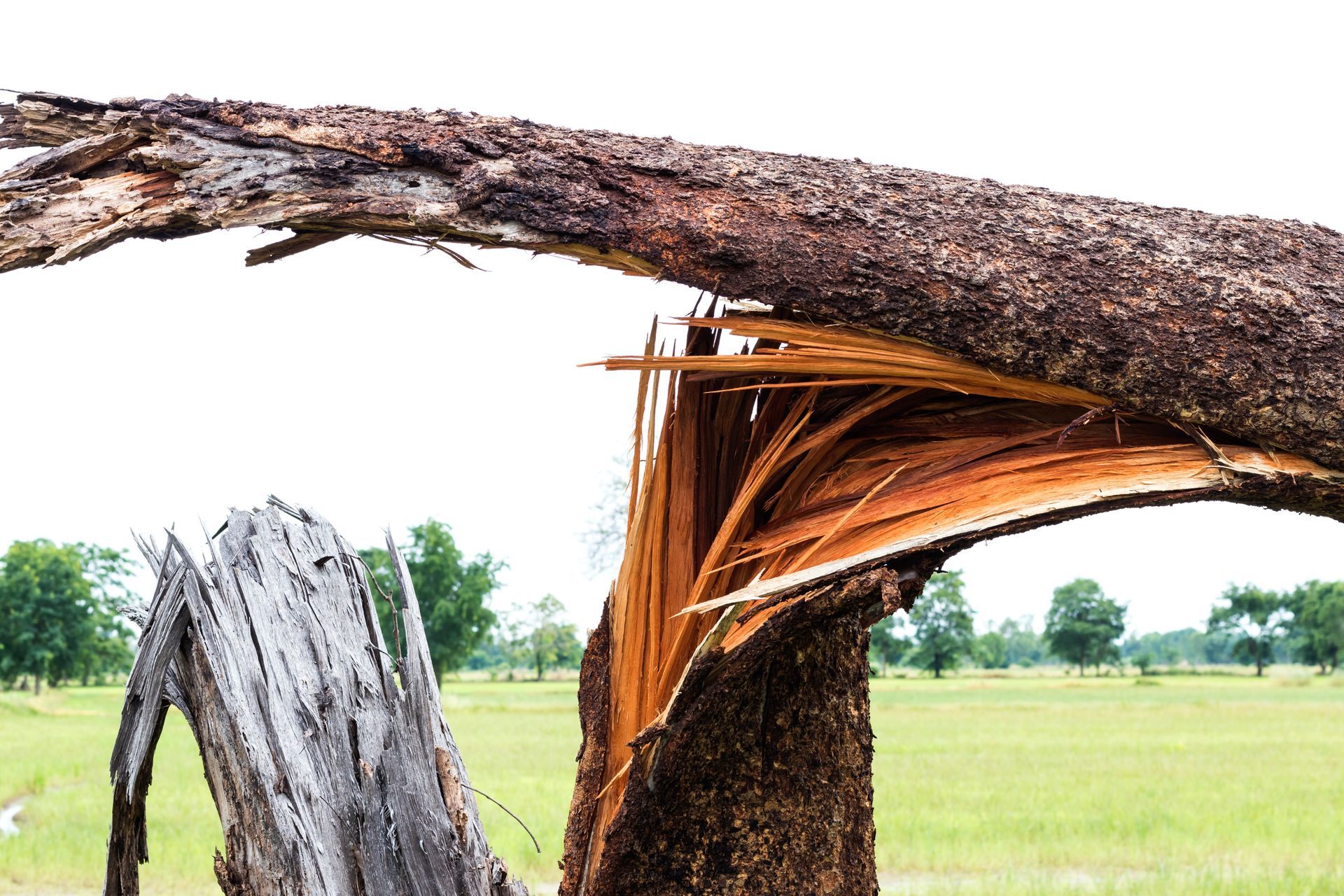How Do I Know if a Tree is Dead or Just Dormant
How Do I Know if a Tree is Dead or Just Dormant?
"A mature tree can add up to 10% to your property value," according to the Council of Tree and Landscape Appraisers. But what if that tree in your yard hasn’t budded, dropped its leaves early, or just… looks off?
Is it dead? Or is it simply taking a seasonal nap?
Here’s the challenge: Dead trees can be dangerous—and expensive. They drop limbs without warning, attract pests, and become major liabilities during storms. But cutting down a tree that’s still alive? That’s a costly mistake too.
This guide will show you how to spot the difference. We’ll walk through real signs of life, subtle red flags, and when it’s time to bring in an expert. Don’t guess. Let’s get into the details and protect your property the smart way.
Visual Cues: What to Look For First
Start with the obvious. Walk up to your tree and look closely.
Are the branches brittle? Snap one off. If it breaks clean with a dry, gray interior—like a twig—you may be dealing with a dead branch. But here’s the trick: that doesn't always mean the whole tree is gone. Check several branches on different sides. If they all snap the same way, that’s not a good sign.
Look for buds. Dormant trees often hold onto tiny buds even in the heart of winter. They're small, firm, and tightly closed. A dead tree? No buds. Just bare twigs and silence.
Scratch Test: Fast and Easy
This one’s quick. Grab your fingernail or a small knife. Pick a thin branch and lightly scratch the bark. What you want to see is green just beneath the surface—that’s the cambium layer. Green means life.
No green? Try a few more spots. Still nothing? The branch (and possibly the tree) may be dead.
Pro tip: Start with the smaller twigs and work your way inward. Sometimes a tree is only partially dead—especially after a harsh winter or drought.
Leaf Behavior: Timing is Everything
Dead trees don’t leaf out. But dormant ones just wait until the time is right.
If it's early spring and your tree hasn’t budded yet, don’t panic. Some species—like oaks and hickories—are naturally slow to wake up. Compare it to other trees of the same type in your neighborhood. Are they showing signs of life? If yours is the only one lagging behind, it's worth taking a closer look.
On the flip side, if a tree drops its leaves too early in the fall—or not at all—it could be in trouble. Leaves clinging through winter often signal disease or death, especially in deciduous species.
Signs That Lean Toward Trouble
Not every symptom is subtle. Some trees practically scream for help:
- Mushrooms at the base: Fungal growth, especially shelf mushrooms or conks, is a red flag. It usually means internal decay.
- Peeling or cracked bark: If large sections are falling off and not growing back, that’s a sign the tree isn’t healing—or living.
- Large dead branches in the crown: This is more than an eyesore. It’s a sign of decline.
- Leaning or shifting: If the tree is suddenly leaning or roots are lifting, its structural integrity may be compromised. Act fast.
When to Call in the Pros
Still not sure? Don’t go at it alone. Arborists have specialized tools and training to assess tree health with precision.
They’ll check root health, look for internal decay, and even use resistograph tools or sonic tomography for an inside look—without cutting the tree down.
A certified arborist can also help you decide whether the tree is salvageable or if tree removal is needed. Sometimes, a bit of deep watering and pruning can bring a tree back from the brink.
Why It Matters
Leaving a dead tree standing is risky. One strong storm, and it could fall—on your home, car, or worse.
According to the U.S. Forest Service, tree failures cause hundreds of injuries and millions in property damage each year. But misdiagnosing a tree and removing it too early isn’t ideal either—especially when mature trees take decades to replace and significantly boost curb appeal.
That’s why this question—“Is it dead or just dormant?”—matters more than people think.
Takeaways You Can Use Today
Let’s wrap it up with a quick checklist:
- ✅ Do the scratch test
- ✅ Inspect for buds, bark condition, and overall shape
- ✅ Compare timing with similar trees in your area
- ✅ Watch for fungi, dead limbs, or shifting posture
- ✅ Call a pro if you're unsure
And remember, a dormant tree is just sleeping. A dead one, however, needs to be dealt with quickly and safely.
